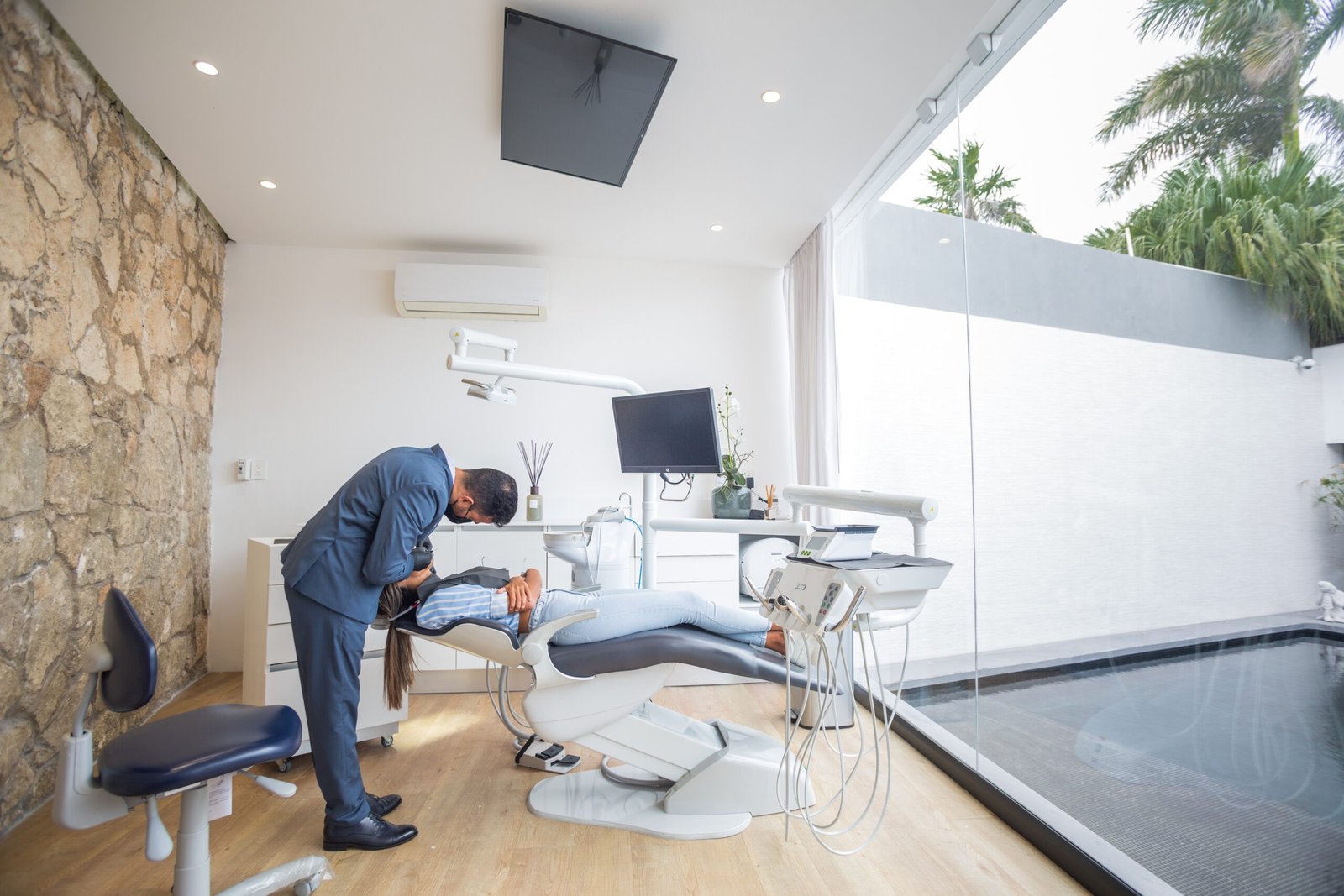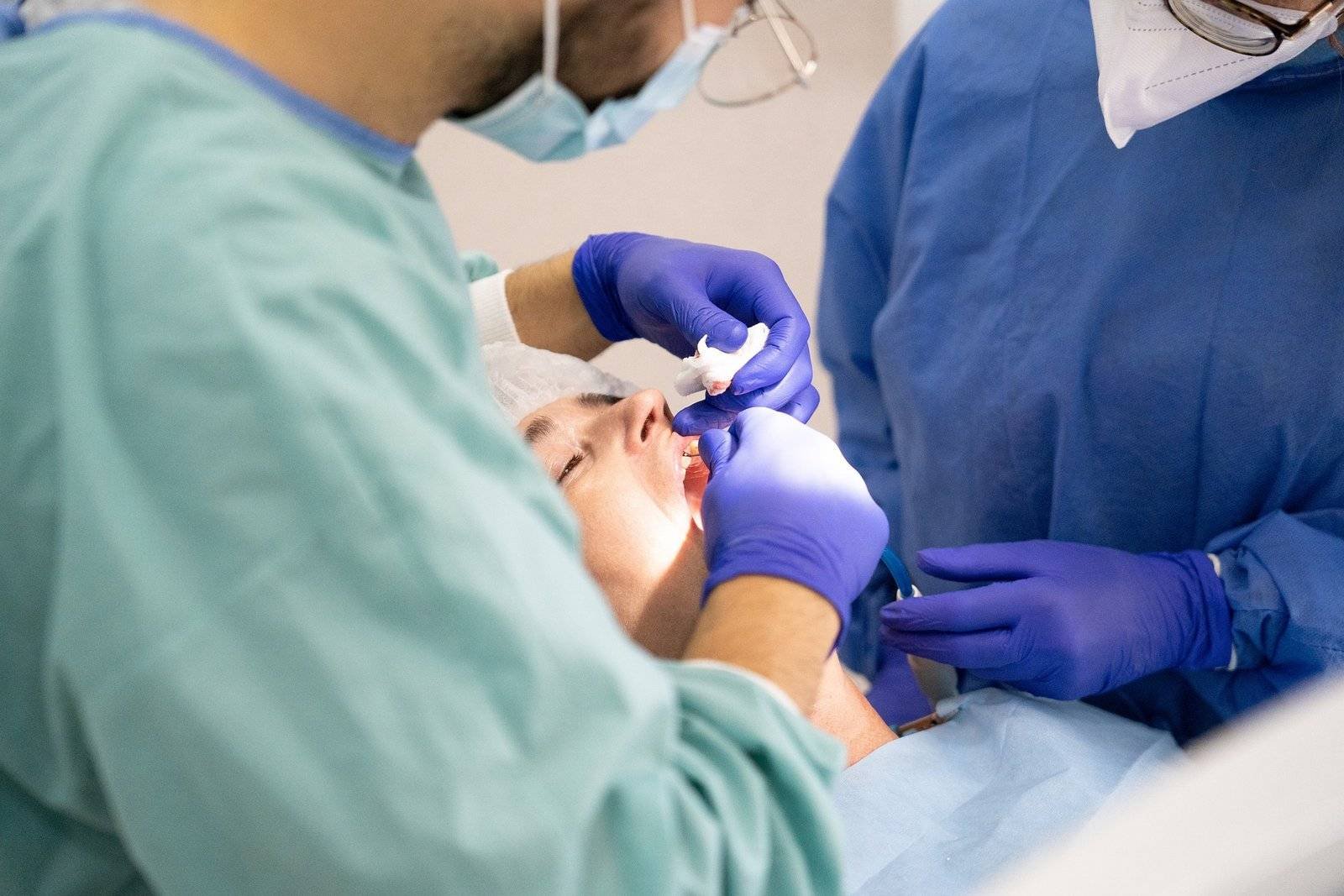
The ability of machines to carry out tasks that ordinarily require human intelligence is known as artificial intelligence (AI). The word “AI” is not brand-new; the idea behind it dates to 1950. Big data (derived from digital devices), processing power, and AI algorithms, the three pillars of current AI technology, have developed rapidly over the past 20 years, and as a result, AI applications have begun to improve people’s lives. All dental specialties, including operative dentistry, periodontics, orthodontics, oral and maxillofacial surgery, and prosthodontics, have incorporated AI. While other functions are not typically automated in dental AI systems, many of them focus on diagnosis based on radiographic or optical data.
Introduction
Artificial intelligence (AI), one of the most significant achievements of the fourth industrial revolution, ushers in a new digital era. As more and more electronic devices become a part of everyday life, the data they record allows artificial intelligence (AI) to simply access and analyse the information they produce. In all industries, AI is booming and increasing quickly. It can do tasks that ordinarily require human intelligence and learn from human skill.
As an example, medical and dental imaging diagnostics, decision support, precision and digital medicine, drug discovery, wearable technologies, hospital monitoring, and robotic and virtual assistants have all been employed in medicine and dentistry. In many instances, artificial intelligence (AI) can be seen as a helpful tool for physicians and dentists to lessen their labour. AI may learn from various information sources (multi-modal data) to diagnose diseases beyond the capability of humans, in addition to diagnosing diseases using a single information source directed at a specific ailment.
For instance, fundus images have been used to predict heart disease along with other medical information like age, gender, BMI, smoking habits, blood pressure, and the likelihood of diabetes. Numerous studies on AI applications in dentistry are now being conducted or have even been implemented in areas including diagnosis, decision-making, treatment planning, treatment outcome prediction, and illness prognosis. Numerous reviews on dental AI have been published; however, this review aims to describe the classifications of AI, summarize the most recent developments in dental AI research, and discuss the connection between evidence-based dentistry (EBD) and AI. Also mentioned are the limitations of present AI development in dentistry.
Diagnosis and treatment plan
Numerous online resources are currently accessible to aid with diagnosis. Of course, they are not flawless, but they are now capable of quickly segmenting all the teeth on a panoramic radiograph or CBCT scan and detecting issues like caries, endodontics, and missing teeth. Some of these systems can help the dentist create a treatment plan that goes beyond diagnosis very rapidly. Although this technology is still in its infancy, I think that within a very short period of time, using AI to diagnose and plan our patients’ treatments will become standard practice. For those who work for insurance companies or major dental groups, it almost certainly will be a mandate.
The benefits of this technology are that we can frequently overlook small details because we may be focusing on more complicated issues in our patients’ mouths and, for example, fail to notice a small cavity between two teeth, or because we do not have enough time during our initial appointment to examine everything or are preoccupied with the main issue for which the patient sought our help and may overlook broader issues. When diagnosing a patient for the first time or revisiting our case after some time, this technology will greatly reduce errors in this crucial process.
We are all aware that sometimes our sight can trick us. AI will also be heavily involved in the creation of a treatment plan and the order in which treatments will be administered, ensuring that the proper procedures are followed. The software will benefit either the clinic or the patient, depending on the technology being employed. According to their diverse objectives, such as the promotion of biomimetics, all-on-four, or aesthetic treatments, several groups may develop AI programs. This implies that whoever created the programs will train them to produce a particular result. AI programs can be created with any set of parameters because they only perform what they are programmed to do.
ROLE OF ARTIFICIAL INTELLIGENCE IN THE FIELD OF DENTISTRY
Role of Artificial Intelligence in Patient Management
The following patient management functions are carried out by the AI software:
- scheduling and coordinating appointments in accordance with the practitioner’s and patient’s convenience.
- letting the dentist know before every session whether the patient has any relevant medical background.
- Notifying patients and dentists about checkups anytime genetic or lifestyle data suggests a greater risk of dental disorders (for example, periodontal screening for patients with diabetes and oral cancer screening for those who use any type of tobacco).
- managing insurance and documentation tasks.
- helping to plan the clinical diagnosis and treatment.
- setting up recurring reminders for patients participating in programs to quit smoking or who use cigarettes, etc.
- When a dental emergency arises and a dental expert cannot be reached, emergency teleassistance is provided.
- With the use of artificial intelligence technologies, we can build comprehensive virtual patient databases that are both accessible and highly detailed. The AI software can gather all necessary dental records, extraoral photos, and radiographs required for diagnosing any dental disease, and deliver them to the dentist much faster and more effectively than a human equivalent. Additionally, the voice recognition technology and interactive interphases allow the software to assist the dentist in doing various duties with ease.
Artificial Intelligence in Periodontics
By early detecting periodontal changes, bone loss, alterations in bone density, and detection of peri-implantitis, deep learning analysis utilizing radiographs can aid in the diagnosis and treatment planning of periodontal illnesses. This aids in early implantology intervention. Based on their immune response profile, patients can be efficiently divided into groups with aggressive and chronic periodontitis using artificial neural networks.
A dentist uses the dental chair for his patients all day long, and it is the most typical and basic of all these AI applications. From a standard hydraulic chair to an electrical, fully autonomous dental chair operated by sensors, the dental chair has experienced a substantial shift. The most recent addition is a voice-activated dental device.
Artificial Intelligence in Prosthetic Dentistry
A design assistant called Rapid has been used in prosthodontics to integrate numerous elements like anthropological calculations, facial measurements, ethnicity, and patient preferences in order to offer the patient the perfect aesthetic prosthesis. Rapid uses a logic-based representation as a unifying framework to connect databases, knowledge-based systems, and computer-aided design.16 By carefully machining ready ceramic blocks, computer-aided design/computer-aided manufacturing is used in dentistry to produce final dental restorations. It is employed in the production of crowns, bridges, inlays, and on lays. A two-dimensional and three-dimensional model is essentially created using computer-aided design/computer-aided manufacturing techniques, which are then materialized using numerically controlled mechanics. Conventional casting has been replaced, saving time and effort and lowering the risk of human error.
Orthodontic Artificial Intelligence
By analyzing radiographs and images taken by intraoral scanners and cameras, diagnosis and treatment planning can be accomplished.18 As a result, it is no longer necessary to do multiple laboratory procedures, including taking a patient impression, and the results are typically far more precise than those obtained through human vision. Algorithms and statistical analysis can be used to forecast tooth movement and the final treatment result. The most recent and widely discussed advancement in orthodontic dentistry is the use of AI to create personalized orthodontic care. Today, artificial intelligence is applied throughout the orthodontic treatment process, from diagnosis to planning and monitoring of the course of therapy. To evaluate craniofacial and dental anomalies, three-dimensional scans and virtual models are helpful. These 3D scans make it possible to build aligners and create personalized treatments. A data algorithm is developed after these printed aligners that intelligently determine how the patient’s teeth or teeth should be moved, how much pressure should be applied, and even recognizes the pressure spots for that particular tooth or teeth. The AI-conjugated aligners not only offer accurate care but also shorten the length of time needed for it.
Shortcomings of AI Use in Dentistry
- System/mechanism complexity
- pricey setup
- An adequate education is necessary.
- Data are frequently utilized for both testing and teaching, which causes “data snooping bias.”
- Dental AI’s results are not immediately transferable.
CONCLUSION
There is a wealth of information, technology, and art in the discipline of dentistry. In the past ten years, there has been a significant increase in the use of AI in dentistry. The ability to quickly diagnose and develop a treatment plan for complex issues or diseases is one of the most important roles that these AI systems perform in dentistry. Both in general dentistry and maxillofacial imaging, these AI systems have a bright and wonderful future. AI won’t ever be able to completely replace a human dentist, but it will enable them to operate at a higher and more pleasant level by making their work much simpler and error-free. AI and dentistry have a very promising future together. Trying to get people to use this technology should attempt to gain the acceptance of dental surgeons from every generation.
- Tags :
- artificial intelligence
- dentist



